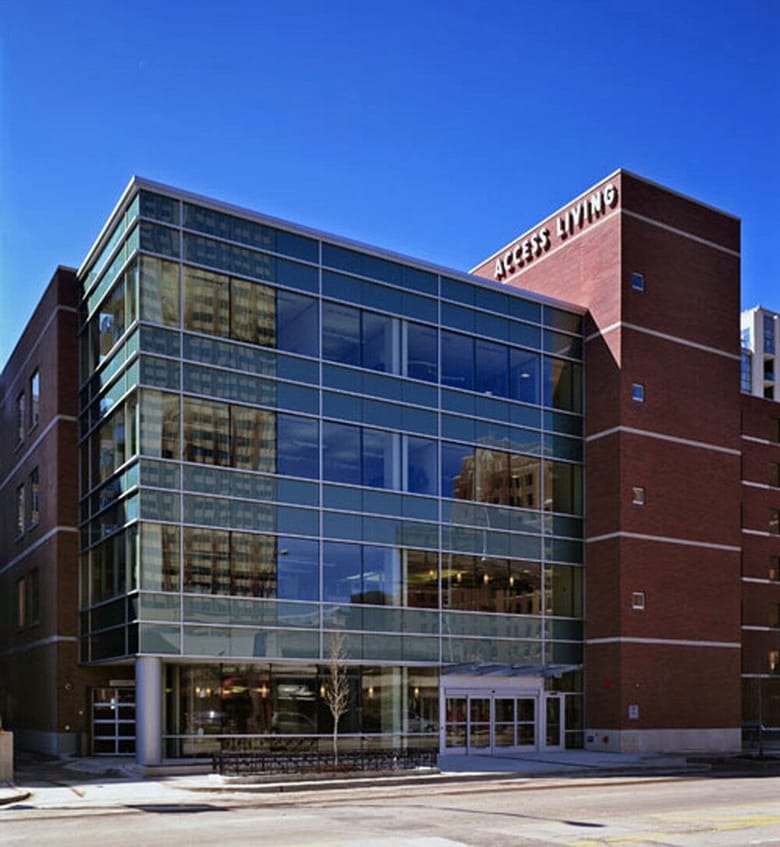Accessible architecture
Accessible architecture refers to the design and construction of buildings and spaces that can be easily and independently used and accessed by people with disabilities, going beyond mere compliance with building codes and regulations, and focusing on creating environments that are inclusive, empowering, and respectful of human dignity. It aims to eliminate physical barriers and provide equal opportunities for individuals with diverse abilities to navigate, interact, and participate fully in the built environment.
Key principles of accessible architecture include:
- Universal Design: Universal design is a fundamental principle that underlies accessible architecture. It involves designing spaces, products, and environments that are usable by all people, regardless of their age, size, or ability.
- Physical Accessibility: Accessible architecture considers physical mobility challenges and provides features such as ramps, elevators, widened doorways, and accessible restrooms.
- Sensory Considerations: Features like visual cues, tactile indicators, and auditory signals address the needs of individuals with sensory disabilities.
- Wayfinding and Orientation: Clear signage, color contrast, and intuitive layouts help individuals with cognitive or visual impairments navigate through spaces independently.
- Ergonomics and User Comfort: The comfort and usability of spaces involving adjustable furniture, adaptable workstations, and appropriate lighting levels are considered in successful accessible design.
- Inclusive Social Spaces: Accessible architecture promotes social inclusion by providing spaces that encourage interaction, collaboration, and engagement among people with and without disabilities.
- Ongoing Engagement and Consultation: The involvement of individuals with disabilities and relevant stakeholders in the design and decision-making processes is vital to ensure that accessibility needs are met effectively.
Accessible architecture is not limited to new construction but also extends to the retrofitting and renovation of existing buildings to improve accessibility. By embracing the principles of accessible architecture, we can create built environments that promote equality, independence, and dignity for all individuals, regardless of their abilities or disabilities.























